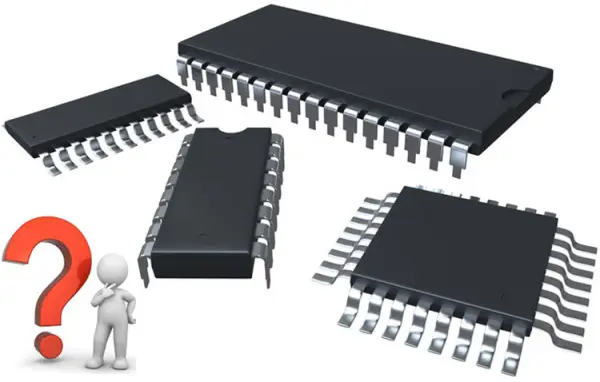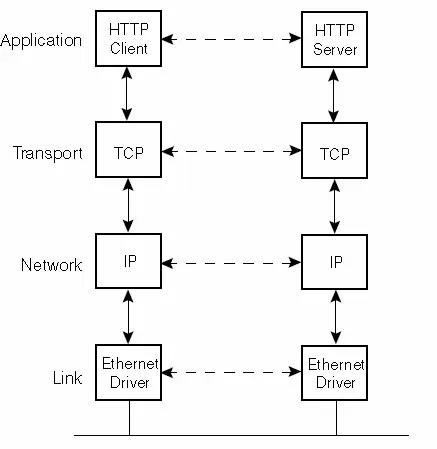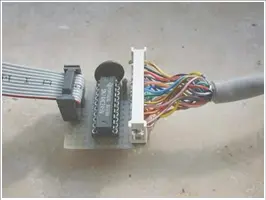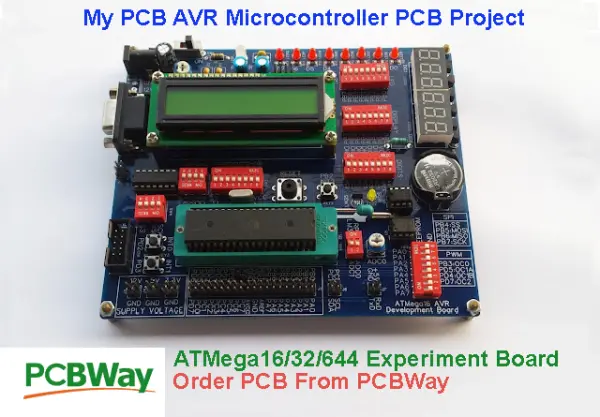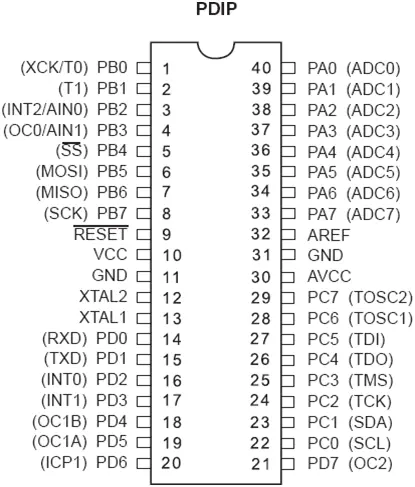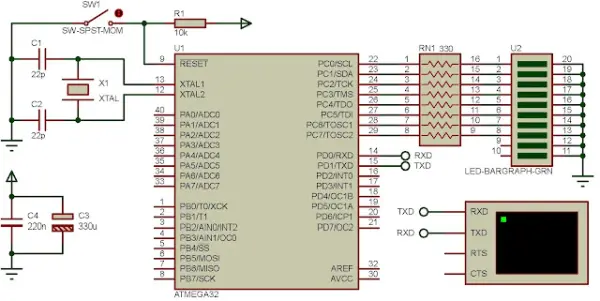Choosing the Right Microcontroller for Beginners in the AVR Family
Getting started with a microcontroller as a beginner can feel intimidating. With so many options and specifications to consider, it’s easy to get overwhelmed. The AVR family of microcontrollers from Atmel (now part of Microchip) offers a great range of controllers for learning everything from basic inputs and outputs to more advanced programming techniques. In […]
Choosing the Right Microcontroller for Beginners in the AVR Family Read More »

